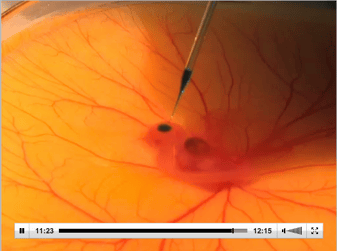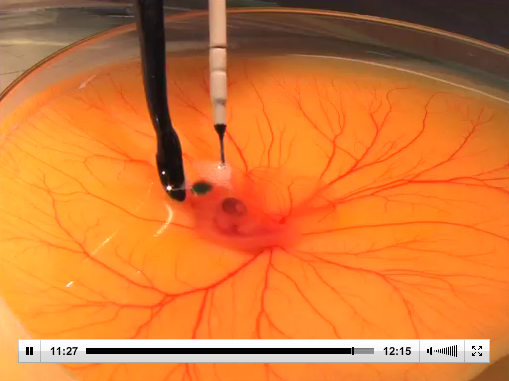Thank you for checking out our “30 days of Science Education” series. Use Science Education videos to introduce undergraduates to the lab.
Yesterday we discussed bacterial transformation and the heat shock method. Today we present a second technique for artificially transforming cells into competent cells. Introducing electroporation.
 The heat shock method it is limited to bacterial, yeast and plant protoplasts while electroporation can be applied to mammalian cells—as seen in this image...
The heat shock method it is limited to bacterial, yeast and plant protoplasts while electroporation can be applied to mammalian cells—as seen in this image...
In this Science Education video, we introduce the plasmid as the most commonly transformed type of DNA, discuss the biophysical mechanism thought to underlie electroporation, show a generalized procedure for conducting electroporation, and describe how electroporation can be used in a mammalian system.
Like what you see? Join the Science Education video revolution; we are offering the entire video-collection for free through the end of 2013!


